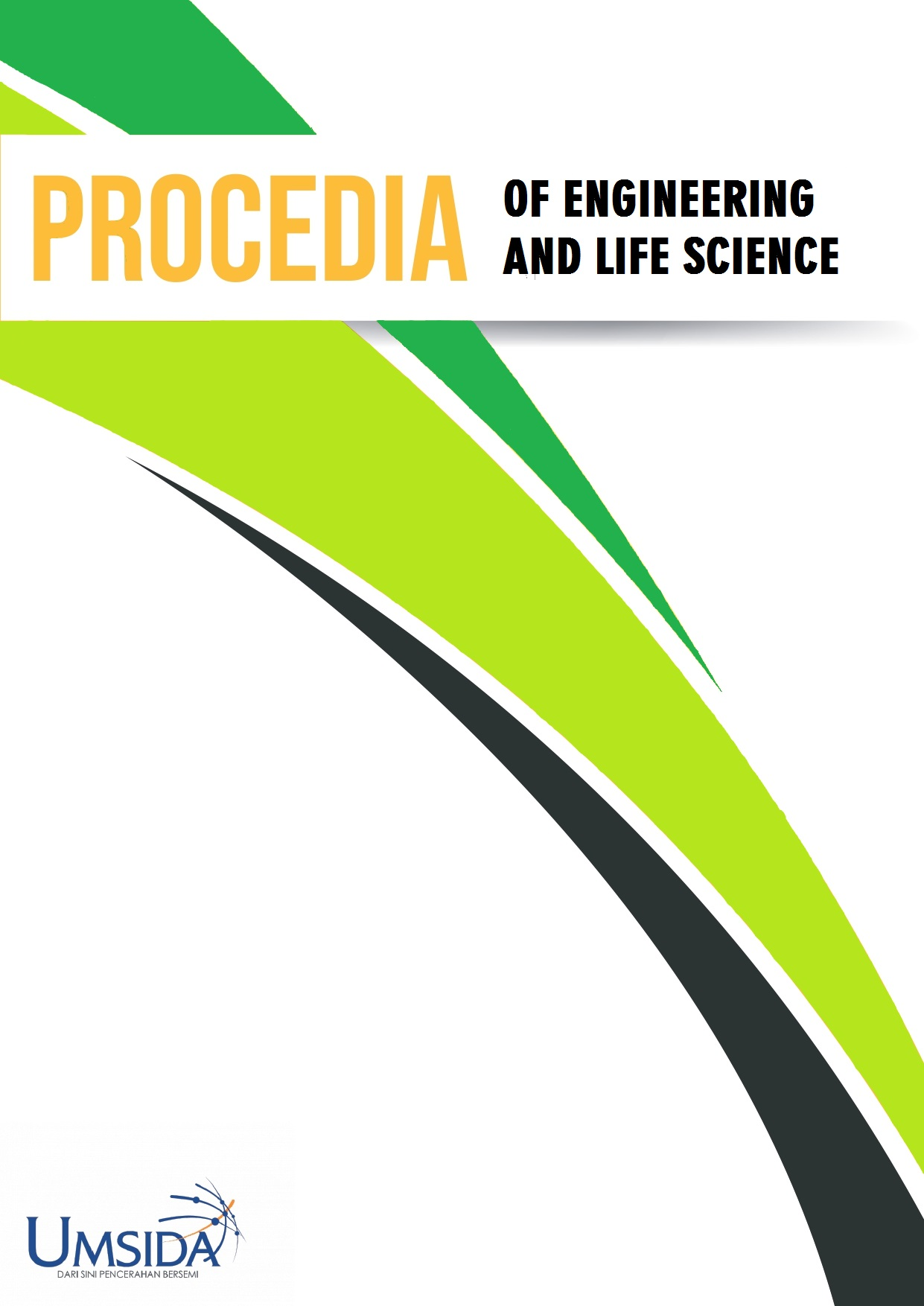Growth and Flower Quality of Damascene Rose Under Different Media Treatments
DOI:
https://doi.org/10.21070/pels.v8i0.2373Keywords:
Damascene Rose, Nano-Fertilizer, Vermicompost, Flower Traits, Growing MediaAbstract
The research was conducted in in Horticulture and Landscape Department fields - College of Agriculture - Tikrit University during 2023 Spring Season for Damascene Rose Rosa Damscena. The study included two factors; the first one is the growing media with three levels, mixture soil, vermicompost and soil mixture 1: 1, vermicompost and soil mixture 2: 1. The second factor was spraying nano-fertilizer with two concentrations: without spraying as control treatment, and spraying with nanotechnology with a concentration of 1 g l-1 ,the experiment consisted of 6 factorial treatments from the above factors interaction and carried out with full random complete block design R.C.B.D and by three replications. The results showed the superiority of mixture of vermicompost: soil 2: 1treatment in the characteristics of plant height and dry matter percentage which gave 96.54 cm and 15.72 % and recorded the highest rate of flowers number for the interaction treatment between mixture of vermicompost: soil 2: 1 and non-spraying with nano-fertilizer which reached 22.36 flowers.
Downloads
References
[2] Kh. I. M. Al-Rawi and Kh. Abdulaziz, Designing and Analysis of Agricultural Experiments, University of Mosul Press, Iraq, 1980.
[3] A. Dobreva and N. Kovacheva, "Daily Dynamics of the Essential Oils of Rosa Damascena Mill. and Rosa Alba L.," Journal of Agricultural Science and Technology, vol. 2, pp. 71–74, 2010.
[4] European Pharmacopoeia, Maissonneuve Sainte Ruffine, vol. 3, p. 68, 1975.
[5] M. T. El-Saadony et al., "The Use of Biological Selenium Nanoparticles in Plant Nutrition," Saudi Journal of Biological Sciences, vol. 28, pp. 4461–4471, 2021.
[6] M. Feng et al., "Individual and Synergistic Effect of Multi-Frequency Ultrasound on Polysaccharide Extraction," Food Research International, vol. 163, p. 112120, 2023.
[7] A. S. Hegde et al., "Edible Rose Flowers: A Doorway to Gastronomic Applications," Food Research International, vol. 162, p. 111977, 2022.
[8] K. W. Hussen, "Review Paper on Genetic Diversity of Damask Rose," Ukrainian Journal of Ecology, vol. 13, no. 2, pp. 11–14, 2023.
[9] A. M. S. Kahlel et al., "Effect of Nano Fertilizers and Its Applying Methods on Growth of Basil Plant," IOP Conference Series: Earth and Environmental Science, vol. 923, no. 1, p. 012003, 2021.
[10] A. A. Kamaluddin et al., "Effect of NPK Nano Fertilizer on Vegetative Growth of Some Ornamental Plants," Tikrit Journal of Agricultural Sciences, vol. 22, no. 3, pp. 113–119, 2022.
[11] S. Kaushal and P. Kumari, "Growing Media in Floriculture Crops: A Review," Journal of Pharmacognosy and Phytochemistry, vol. 9, no. 2, pp. 1056–1061, 2020.
[12] H. P. S. A. Khalil et al., "The Role of Soil Properties and Its Interaction with Biochar," Renewable and Sustainable Energy Reviews, vol. 43, pp. 1006–1015, 2015.
[13] F. Kural and A. Coşkan, "The Effect of Vermicompost Application on Soil Properties and Wheat Yield," Turkish Journal of Agriculture - Food Science and Technology, vol. 11, no. 8, pp. 1310–1316, 2023.
[14] G. S. Rekha et al., "Effects of Vermicompost and Plant Growth Enhancers on Flowering Plants," International Journal of Recycling of Organic Waste in Agriculture, vol. 7, pp. 83–88, 2018.
[15] K. Rusanov et al., "Microsatellite Analysis of Rosa Damascena Mill. from Bulgaria and Iran," Theoretical and Applied Genetics, vol. 111, pp. 804–809, 2005.
[16] K. Rusanov et al., "Rosa × Damascena Mill. (Rose)," in Medicinal and Aromatic Plants of the World, vol. 12, Springer, Cham, 2020. Available: [https://doi.org/10.1007/978-3-030-38792-1\_14]
[17] C. G. Tsanaktsidis et al., "Preliminary Results on Attributes of Distillation of Damask Rose," PCBEE Procedia, vol. 1, pp. 66–73, 2012.
[18] H. Gao et al., "Aerodynamic Property and Filtration Evaluation of Nanomaterials," Separation and Purification Technology, vol. 251, p. 117293, 2020.
[19] F. H. Giray and M. C. Omerci Kart, "Economics of Rosa Damascena in Isparta, Turkey," Bulgarian Journal of Agricultural Science, vol. 18, pp. 658–667, 2012.
[20] S. Gudin, "Rose: Genetics and Breeding," Plant Breeding Reviews, vol. 17, pp. 159–189, 2000.
[21] E. Guenther, The Essential Oils, vol. 5, Robert E. Krieger Publishing Company, Malabar, Florida, USA, 1952.
[22] H. Iwata, T. Kato and S. Ohno, "Triparental Origin of Damask Roses," Gene, vol. 259, no. 1–2, pp. 53–59, 2000.
[23] T. D. Landis et al., "Growing Media," The Container Tree Nursery Manual, vol. 2, pp. 41–85, 1990.
[24] M. Mahboubi, "Rosa Damascena as Holy Ancient Herb with Modern Roles," Journal of Traditional and Complementary Medicine, vol. 6, no. 1, pp. 10–16, 2016.
[25] L. Zhao et al., "Nano-Biotechnology in Agriculture: Application and Perspectives," Journal of Agricultural and Food Chemistry, vol. 68, no. 7, pp. 1935–1947, 2020.
Downloads
Published
How to Cite
Issue
Section
License
Copyright (c) 2025 Angham Ayad Kamaluddin AL-Aloosi

This work is licensed under a Creative Commons Attribution 4.0 International License.




